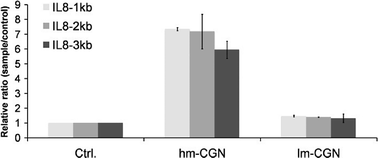Construction of biosensor systems for determining the pathophysiological potential of carrageenan variants†
Abstract
In vitro systems for monitoring safety of nutritional additives are desirable for high-throughput screenings and as a substitute for animal models.

- This article is part of the themed collection: Emerging investigators

 Please wait while we load your content...
Please wait while we load your content...